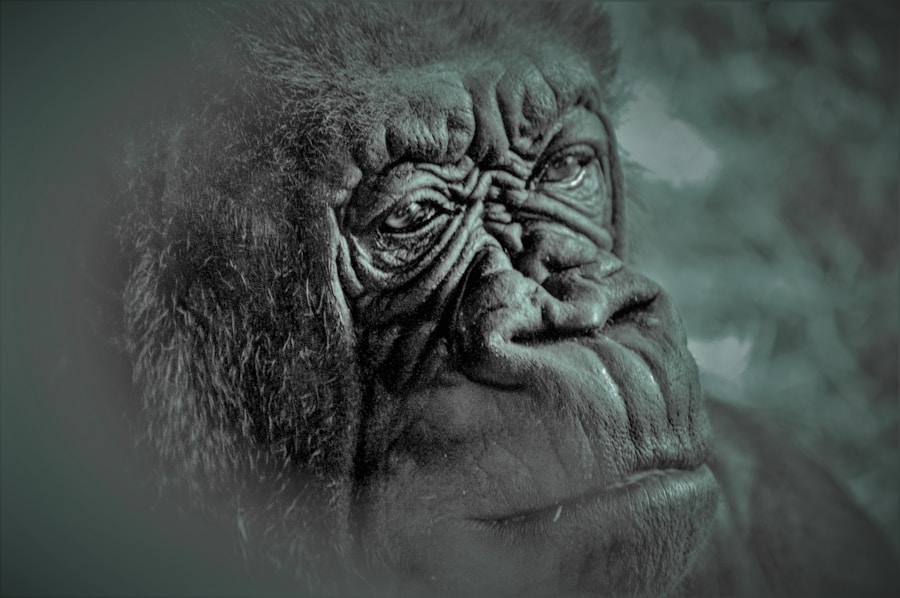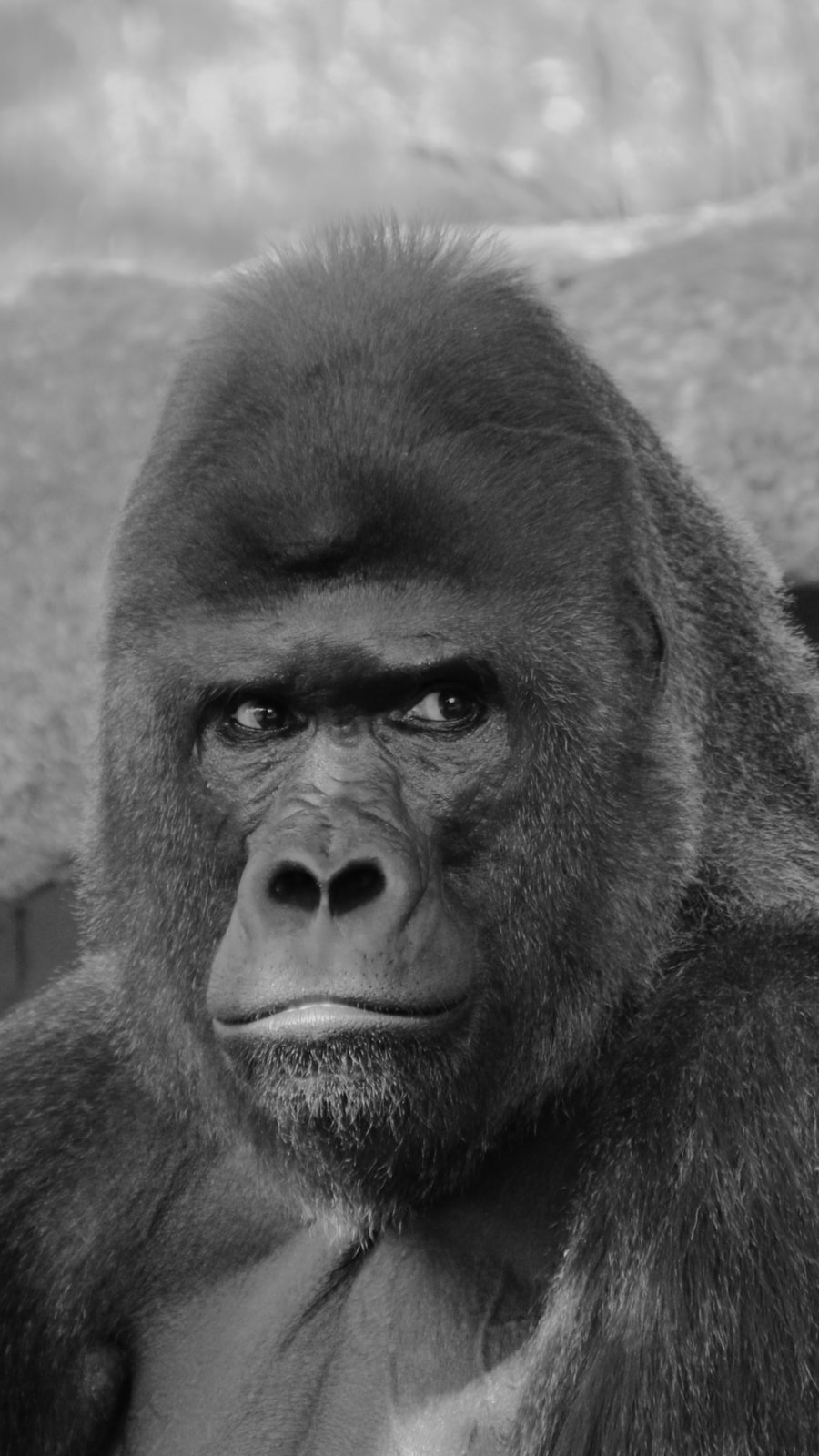When you think about physical strength and size, it’s easy to picture towering figures or robust physiques. In the animal kingdom, size often correlates with power, but it’s not just about sheer bulk. You might consider how strength manifests in various forms, from the muscular build of a lion to the compact yet powerful frame of a bulldog.
Each species has evolved its own unique attributes that allow it to thrive in its environment. For you, understanding this diversity can deepen your appreciation for the natural world and the myriad ways life adapts to survive. However, physical strength is not solely about size; it also encompasses endurance and resilience.
Take, for instance, the incredible stamina of a horse or the tenacity of a small but fierce creature like a honey badger. These animals demonstrate that strength can be found in various forms, and it often comes down to how effectively they can utilise their physical capabilities. As you explore this topic, consider how these traits not only serve individual survival but also play a crucial role in the dynamics of ecosystems.
Summary
- Physical strength and size are important factors in determining an individual’s ability to compete and survive in the natural world.
- Intelligence and problem-solving skills are crucial for overcoming challenges and finding food and shelter.
- Agility and speed are essential for evading predators and catching prey.
- Social structure and leadership abilities play a key role in the survival and success of a group or community.
- Adaptability to different environments is vital for thriving in a variety of habitats and climates.
Intelligence and Problem-Solving Skills
Intelligence is a multifaceted trait that extends beyond human capabilities. In the animal kingdom, you’ll find remarkable examples of problem-solving skills that challenge traditional notions of intelligence. For instance, crows are known for their ability to use tools, demonstrating an understanding of cause and effect that is quite sophisticated.
When you observe these behaviours, it becomes clear that intelligence is not confined to a single definition; rather, it encompasses a range of cognitive abilities that allow different species to navigate their environments effectively. Moreover, intelligence often manifests in social contexts. Dolphins, for example, exhibit complex social structures and communication methods that suggest a high level of cognitive function.
As you delve into this subject, consider how these problem-solving skills contribute to survival and social cohesion within species. The ability to adapt and innovate in response to challenges is a testament to the intelligence present in the animal kingdom, reminding you that intelligence is not merely a human trait but a vital aspect of life on Earth.
Agility and Speed

Agility and speed are critical attributes that can determine an animal’s success in the wild. When you think about speed, animals like cheetahs come to mind, capable of reaching astonishing velocities in short bursts. Their physical adaptations—long legs, flexible spines, and large nasal passages—allow them to sprint with unparalleled efficiency.
This incredible speed is not just for show; it plays a vital role in their hunting strategies, enabling them to catch prey that might otherwise escape. On the other hand, agility is equally important for survival. Animals such as monkeys and squirrels exhibit remarkable dexterity as they navigate through trees and other complex environments.
Their ability to change direction quickly and maintain balance allows them to evade predators and access food sources that would be out of reach for less agile creatures. As you reflect on these traits, consider how agility and speed are not just about physical prowess; they also highlight the evolutionary adaptations that enable species to thrive in their specific habitats.
Social Structure and Leadership Abilities
| Country | Leadership Style | Trust in Government | Corruption Perception Index |
|---|---|---|---|
| United Kingdom | Democratic | 40% | 77 |
| Germany | Democratic | 47% | 80 |
| Sweden | Democratic | 60% | 85 |
| Russia | Authoritarian | 25% | 30 |
The social structures of various species reveal much about their behaviours and interactions. You may find it fascinating how some animals, like elephants and wolves, exhibit strong social bonds and hierarchical systems. In elephant herds, matriarchs lead their families with wisdom gained from years of experience.
This leadership is crucial for navigating challenges such as finding water sources or protecting young members from predators. As you explore these dynamics, you’ll see how leadership qualities are essential for maintaining group cohesion and ensuring the survival of the species. In contrast, other species may display more fluid social structures.
For example, dolphins often form loose pods that can change composition based on social interactions or environmental factors. This flexibility allows them to adapt quickly to changing circumstances while still benefiting from the advantages of social living. As you consider these varying social structures, think about how they reflect the complexities of animal behaviour and the importance of cooperation in the natural world.
Adaptability to Different Environments
Adaptability is one of nature’s most remarkable traits, allowing species to thrive in diverse environments. You might be intrigued by how certain animals have evolved to survive in extreme conditions, such as the Arctic fox in frigid climates or camels in arid deserts. These adaptations are not merely physical; they also encompass behavioural changes that enable survival in challenging circumstances.
For instance, the Arctic fox has developed thick fur for insulation and a diet that varies with seasonal availability, showcasing its ability to adjust to its surroundings. Moreover, adaptability extends beyond individual species; entire ecosystems can shift in response to environmental changes. Consider how invasive species can alter local habitats by outcompeting native organisms for resources.
This dynamic illustrates the ongoing struggle for survival and adaptation within ecosystems. As you reflect on adaptability, think about its implications for conservation efforts and the importance of preserving biodiversity in an ever-changing world.
Communication and Language Skills

Communication is a fundamental aspect of life that transcends human language. In the animal kingdom, various forms of communication serve essential functions, from mating calls to warning signals. You may find it fascinating how different species have developed unique methods to convey information.
For example, bees perform intricate dances to inform their hive mates about the location of food sources, while elephants use low-frequency rumbles that can travel long distances to communicate with one another. Language skills in animals can also be surprisingly complex. Parrots are known for their ability to mimic human speech, but their vocalisations serve specific purposes within their social groups as well.
As you explore this topic further, consider how communication shapes social interactions among animals and contributes to their survival strategies. The nuances of animal communication remind you that language is not solely a human construct but a vital tool for connection across species.
Emotional Intelligence and Empathy
Emotional intelligence is often associated with humans, but recent studies have shown that many animals exhibit signs of empathy and emotional awareness. You might be struck by stories of dogs comforting their owners during times of distress or elephants mourning deceased companions. These behaviours suggest a level of emotional understanding that challenges our perceptions of animal cognition.
As you delve into this subject, consider how emotional intelligence plays a role in social bonding and cooperation among species. Furthermore, empathy can enhance survival within social groups. Animals that demonstrate care for one another are more likely to thrive collectively, as they support each other during challenging times.
For instance, chimpanzees have been observed sharing food with others in their group, reinforcing social ties and ensuring mutual benefit. As you reflect on these examples, think about how emotional intelligence enriches our understanding of animal behaviour and highlights the interconnectedness of all living beings.
Cultural and Historical Significance
The cultural and historical significance of animals cannot be overstated; they have shaped human societies throughout history. From ancient civilisations that revered certain species as sacred to modern conservation efforts aimed at protecting endangered animals, your relationship with wildlife has evolved over time. You may find it intriguing how animals have inspired art, mythology, and even religious beliefs across cultures.
For instance, the lion has long been a symbol of strength and courage in various cultures worldwide. Moreover, animals play crucial roles in ecosystems that sustain human life. The domestication of animals like cattle and sheep has transformed agriculture and provided essential resources for communities throughout history.
As you consider these cultural connections, think about how your understanding of animals can inform your perspective on conservation efforts today. Recognising their significance in both historical contexts and contemporary society can inspire you to advocate for their protection and preservation for future generations. In conclusion, exploring the multifaceted aspects of animal life reveals a rich tapestry of traits that contribute to survival and adaptation in diverse environments.
From physical strength and intelligence to emotional connections and cultural significance, each element plays a vital role in shaping our understanding of the natural world. As you continue your journey through this fascinating realm, remember that every creature has its own story—one that reflects the intricate web of life we all share on this planet.
